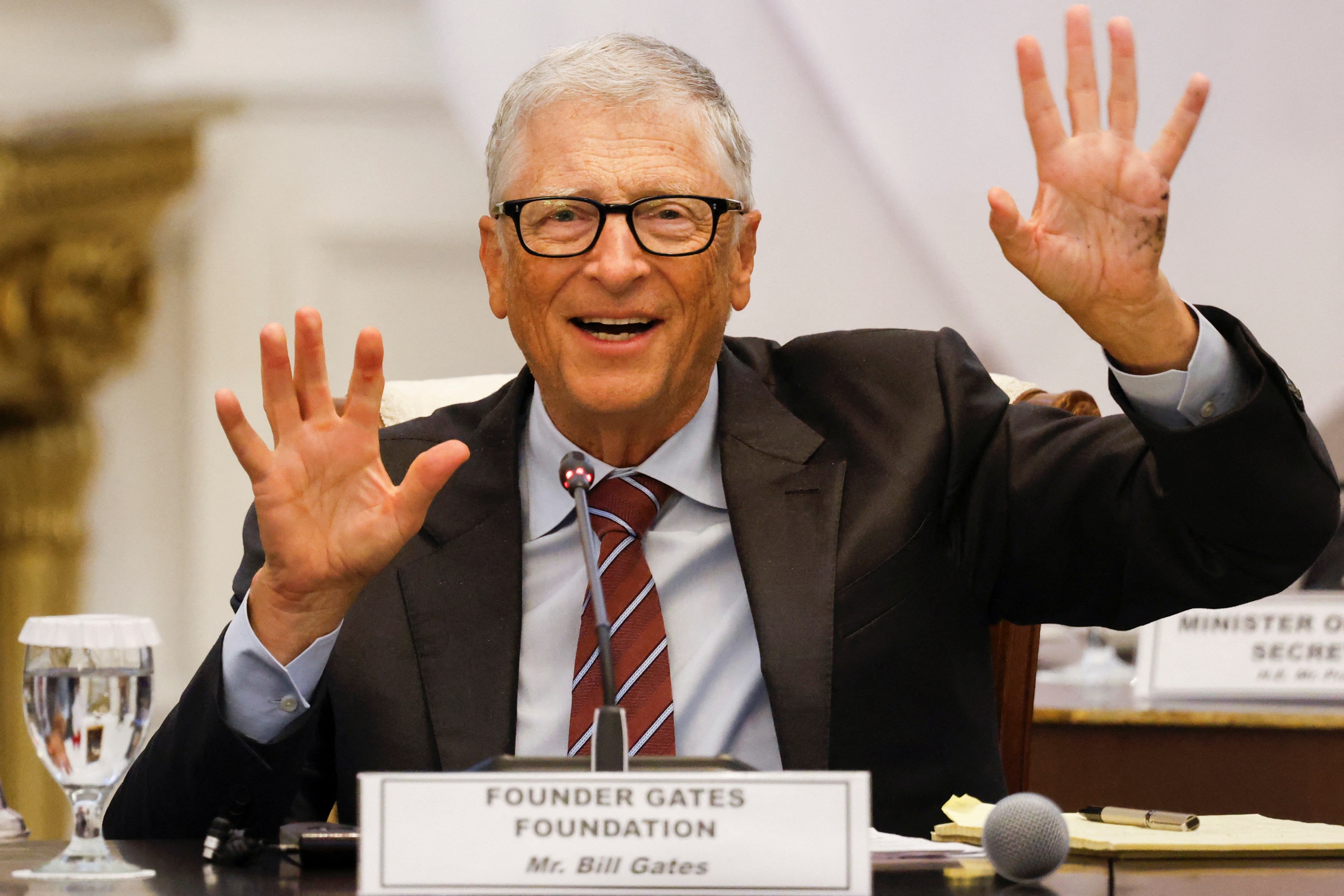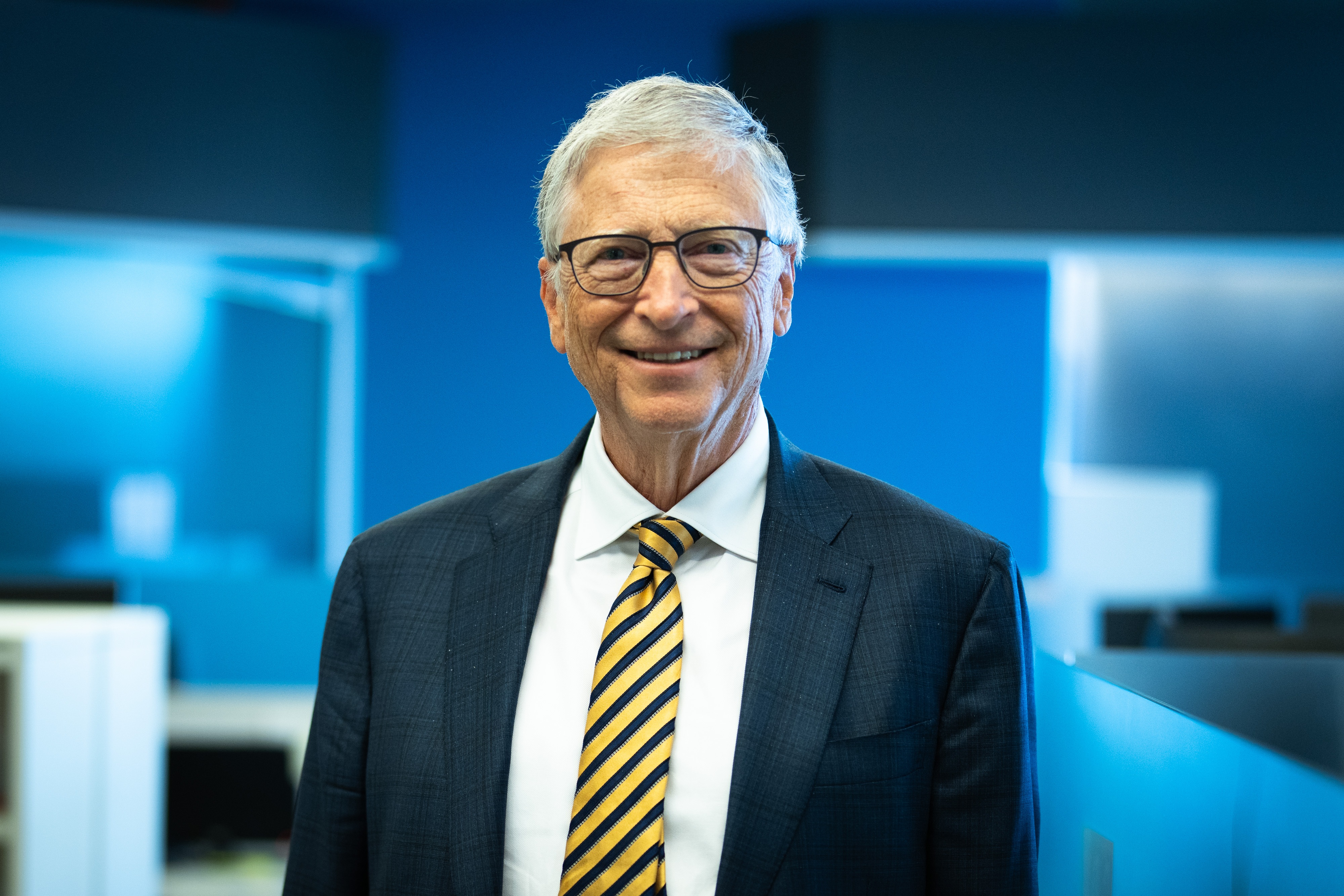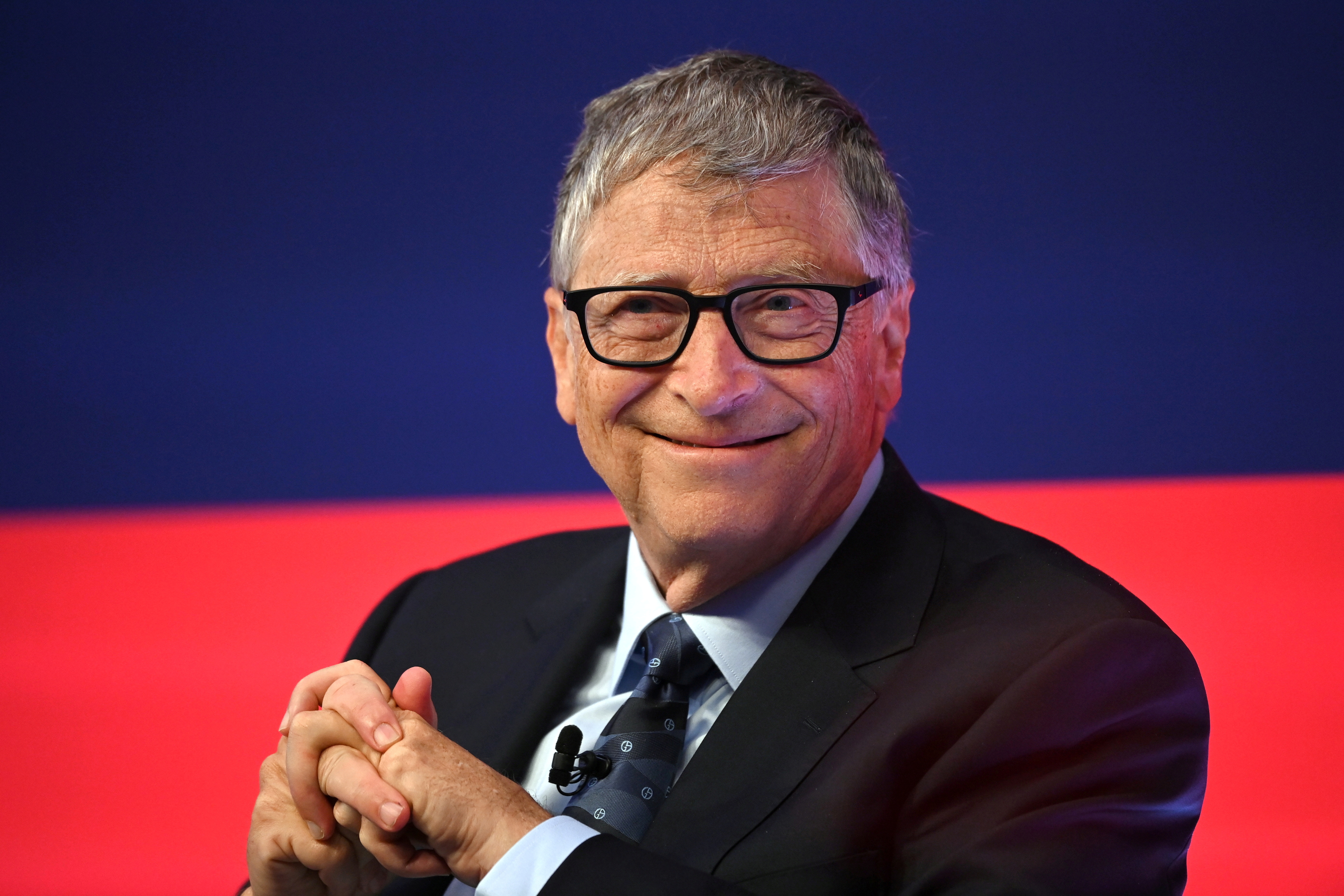
In the late 1990s, as the video game industry was beginning to experience rapid technological advancements, Bill Gates set his sights on creating something revolutionary.
His vision wasn’t just about gaming; it was about creating an integrated ecosystem that would bring together personal computers and gaming consoles into a unified platform.
This ambitious dream would lead to the creation of the Xbox, an iconic gaming console that continues to shape the world of interactive entertainment today.
Gates’ foresight into the future of gaming and digital integration was not just about gaming experiences; it was a long-term strategy to connect the entire Microsoft ecosystem.
From the very beginning, Gates understood the potential for synergies between PCs and consoles. Rather than seeing these two devices as separate entities, he envisioned a world where the user experience could seamlessly flow between platforms.
His goal was to make it easier for users to move from their PCs to their Xbox consoles and vice versa, without losing the continuity of their digital lives. Although the idea was groundbreaking and ambitious, its realization would take years of incremental steps and technological innovations.
However, even if the initial vision was not fully realized in the early 2000s, the groundwork laid by Gates would have lasting effects on the direction of gaming and technology in the decades to come.
When Microsoft first entered the gaming market with the launch of the original Xbox in 2001, it was more than just a console; it was the beginning of a larger vision that extended far beyond gaming.

At the time, Microsoft was already a dominant force in the world of personal computing, with Windows PCs running the majority of the world’s desktops. However, gaming was a space that Microsoft had yet to conquer, and Gates was determined to change that.
The Xbox was not just a product; it was the first step in integrating the power of Microsoft’s software and hardware into the living room.
One of the key features that Gates championed from the outset was the idea of connectivity. He wanted Xbox to be able to communicate with other Microsoft products, particularly Windows PCs.
This vision of an interconnected ecosystem was ahead of its time, and it set the stage for a new era of gaming experiences. Xbox Live, the online service introduced in 2002, was one of the earliest manifestations of this integrated vision.
By allowing players to connect with others online, Xbox Live became a revolutionary platform that bridged the gap between consoles and the growing online gaming community.
Despite its success, the original Xbox didn’t fully achieve Gates’ dream of an integrated ecosystem. However, Microsoft’s commitment to gaming and its long-term strategy was unwavering. With the launch of the Xbox 360 in 2005, Microsoft took a significant step toward realizing Gates’ vision.
The Xbox 360 was the first console to truly embrace the concept of connectivity between consoles, PCs, and the wider internet. By introducing the ability to connect to Windows PCs, the Xbox 360 allowed gamers to access their media libraries, stream content, and download updates directly to the console.

But the integration didn’t stop there. With the introduction of the Xbox One in 2013, Gates’ vision began to take shape in a more tangible way. The Xbox One was designed with the idea of unifying not just gaming, but all forms of digital entertainment into a single platform.
The ability to seamlessly switch between gaming, television, and even social media, all while being connected to a Windows PC, became a reality. The Xbox One’s integration with Windows 10 further cemented the idea of an interconnected ecosystem that Gates had envisioned so many years ago.
The evolution of Xbox, from its humble beginnings to its current position as a core component of the Microsoft ecosystem, is a testament to the long-term strategy laid out by Gates.
Today, Xbox is not just a gaming console but an integral part of the larger Microsoft ecosystem, connecting with other Microsoft services like Azure, Office, and OneDrive.
The Xbox Game Pass, launched in 2017, is perhaps the most recent example of how Xbox has evolved into a more holistic part of the digital ecosystem, offering gamers access to a vast library of games, cloud gaming services, and exclusive content all under one umbrella.
Moreover, the advent of cloud gaming has taken the integration even further. With the introduction of Xbox Cloud Gaming (formerly known as Project xCloud), players can now enjoy their favorite games on a variety of devices, from smartphones to tablets to PCs, all while using the same Xbox account.

This seamless transition between devices is a direct reflection of Gates’ original vision to create a unified, interconnected digital experience. The focus on cloud-based services highlights how far Microsoft has come in creating an ecosystem that spans across multiple platforms, with Xbox at the center of it all.
But what truly sets Microsoft’s gaming ecosystem apart is the seamless integration between Xbox and PC. For years, gamers were forced to choose between console gaming and PC gaming, with each platform offering its own set of advantages and limitations.
However, Microsoft’s integration of Xbox and PC has made it possible for gamers to enjoy the best of both worlds. The Xbox Play Anywhere program, launched in 2016, allowed players to purchase a game once and play it on both their Xbox console and Windows PC, further blurring the lines between the two platforms.
This vision of an interconnected ecosystem has allowed Microsoft to carve out a unique position in the gaming industry. Unlike Sony and Nintendo, who focus primarily on their individual consoles, Microsoft has taken a more expansive approach, creating a gaming ecosystem that spans across devices and services.
This philosophy has proven to be a winning formula, especially with the growth of subscription services like Xbox Game Pass, which has now become one of the most popular ways for gamers to access a wide range of titles across multiple platforms.
Gates’ focus on integration and connectivity has allowed Microsoft to stay ahead of the curve in the rapidly changing world of gaming and technology.
As more players move to cloud-based gaming and streaming, Microsoft’s ability to integrate Xbox with other Microsoft services like Azure and OneDrive positions the company as a leader in the future of digital entertainment.

Furthermore, with the rise of subscription-based models and cloud gaming, Microsoft has the opportunity to redefine the way we think about gaming and content consumption, just as Gates envisioned decades ago.
The road to an integrated ecosystem hasn’t been without its challenges, but the fact that Gates’ original vision is now fully realized speaks to the strength of his long-term strategy.
The Xbox platform, once a newcomer in the gaming world, has become a cornerstone of Microsoft’s broader digital empire. The seamless integration between Xbox and Windows PCs, along with the expansion into cloud gaming and subscription services, is the culmination of Gates’ original dream to create a unified digital ecosystem that allows users to interact with their content effortlessly, no matter where they are or what device they’re using.
In the end, the story of Xbox is more than just about a gaming console; it’s about a vision that transcended the boundaries of gaming and reshaped the digital landscape.
Bill Gates’ foresight and commitment to creating an integrated ecosystem have paved the way for Microsoft to become one of the most dominant forces in the world of digital entertainment.
From the early days of the Xbox to the current era of cloud gaming and subscription services, Gates’ vision has become a reality that continues to shape the future of gaming and technology. The Xbox, as it exists today, is a testament to the power of long-term vision and the unrelenting pursuit of innovation.



